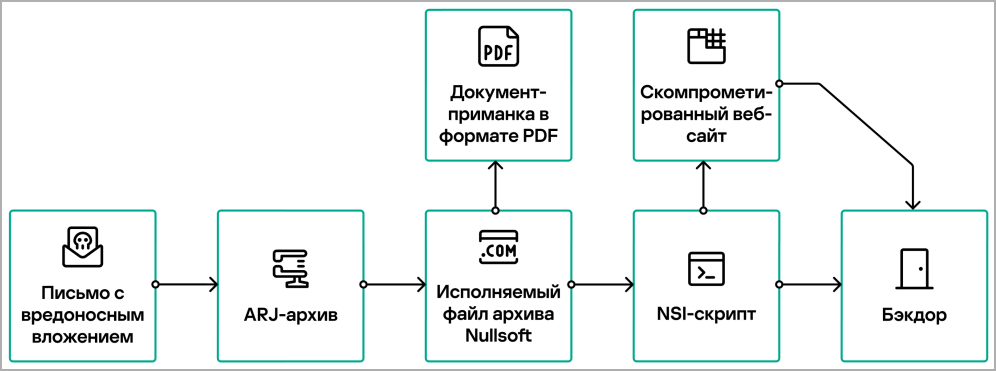A recent cyberattack on Russian state and industrial organizations has drawn attention to the ever-changing world of digital threats. The attack, detected by Kaspersky in June 2023, involved a custom Go-based backdoor designed for data theft. Although the culprits remain unknown, the attack highlights the importance of robust cybersecurity measures.

The attack began with a deceptive email containing a malicious ARJ archive named ‘finansovyy_kontrol_2023_180529.rar.’ This seemingly innocent attachment hid a dangerous payload. The malware utilized an NSIS script to fetch a primary payload from an external URL and operated in stealth mode. This campaign featured evasion tactics, such as encrypting data and checking for virtualised environments, to avoid detection.
In mid-August, a new version of the backdoor emerged, introducing the alarming capability to steal user passwords from 27 web browsers. The attackers refreshed encryption methods, further complicating detection.

This attack serves as a stark reminder of the ongoing need for strong cybersecurity measures in an interconnected world. The dynamic tactics of cyber threat actors demand constant vigilance and adaptation. While the attackers’ motivations and identity remain uncertain, cybersecurity experts must collaborate to confront these evolving threats, regardless of their origin.
The cyberattack on Russian institutions underscores the universal nature of the cybersecurity challenge. In today’s digital landscape, threats know no boundaries, and as seen in this case, they can impact organizations and individuals worldwide. As investigations continue and new threat actors emerge, the cyber community must remain vigilant and responsive, working together to protect the digital infrastructure that underpins our modern world.








